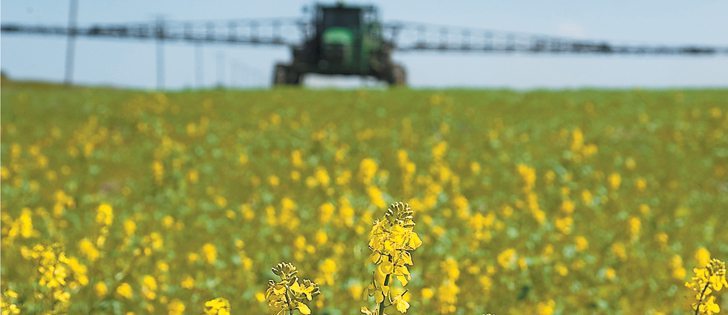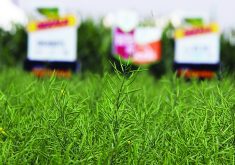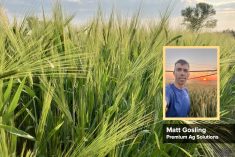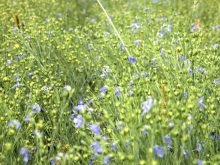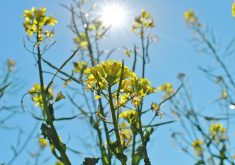Pretty, but not profitable | The first pass does most of the work and producers don’t need to kill every last weed, says expert
Farmers are struggling to complete their first in-crop application of herbicide, but those who are already contemplating a second pass later this year should think twice, say experts.
“There’s a lot of cases where economically you don’t see a benefit from the second application,” said Murray Hartman, an oilseed specialist with Alberta Agriculture.
It may make their fields cosmetically more appealing, but it often doesn’t result in more money in their pockets, he said.
Weeds provide fiercer competition when they emerge slightly before or at the same time as the crop than those that develop one to two weeks after the crop is out of the ground and have a nice root structure in place.
Read Also

Field-by-field mapping could improve yield, productivity predictions
University of Saskatchewan researchers are using field border mapping to collect data on field variability, including problematic weeds, and to predict things like yields.
Growers that have already completed a pre-seed burnoff and one early in-crop application of herbicide are likely wasting their money on a second application.
“That first pass does most of the work,” said Keith Gabert, an agronomy specialist with the Canola Council of Canada.
He said growers tend to become protective about their crops once they emerge, and they like having clean fields. They have bought into the concept that two passes is the way to properly manage Roundup Ready and Liberty Link canola fields, but it may be a false pretense.
“There is a point at which you don’t chase the last few weeds out of a field,” said Gabert.
Hartman said a second herbicide application has become common practice with canola growers, especially those growing Roundup Ready varieties.
Applying a second pass of Roundup may cost $10 per acre.
“I guess that’s part of the temptation, is that when it doesn’t cost very much, it’s easy to justify doing it,” he said.
“But really, even though it doesn’t cost very much, if it’s not giving you a benefit, you should think twice about it.”
Hartman encouraged growers to assess weed pressure and crop canopy before returning with the sprayer.
“Just don’t do it because it’s what you’ve always done or what other people do,” he said.
A second application can reduce canola yields if a farmer can’t get out during the five or six-leaf stage of crop development and waits until the bolting stage.
Some growers worry that leaving weeds untreated will contribute to weed seed banks. Hartman said that could be the case if it’s a recently introduced weed to the area but unlikely if it’s something such as wild oats.
Another spraying no-no is to tank mix an insecticide with herbicide for convenience sake. This can cause more harm than good.
Growers like the idea of killing two birds with one stone, but Gabert said low-level insect feeding can actually increase crop yields.
“A plant is like you or I,” he said.
“If you get just a little bit of stress, sometimes you bounce back with a little more vim and vigour.”
Early insect damage can encourage the plant to increase seed production. Gabert sees that all the time with lygus bugs and cabbage seedpod weevils in his region of central and southern Alberta.
Insecticides can also kill beneficial insects such as ladybugs and parasitic wasps. Growers were spared millions of dollars in damage in 2003 and 2005 as parasitism rates of diamondback moth larvae exceeded 90 percent.
“Nature has a really nice way of getting things into balance, and we should be trying to disrupt that as little as possible while we grow the world’s food,” said Gabert.
He said farmers should be regularly scouting their fields and taking action only when insect thresholds warrant.
“The best investment you can put into your field is your shadow. You make sure that you know what’s going on,” said Gabert.
Agriculture Canada research also warns canola growers against applying fungicide for blackleg early in the growing season.
Trials performed over the past few years show no economic benefit except with susceptible crops under high blackleg pressure.




